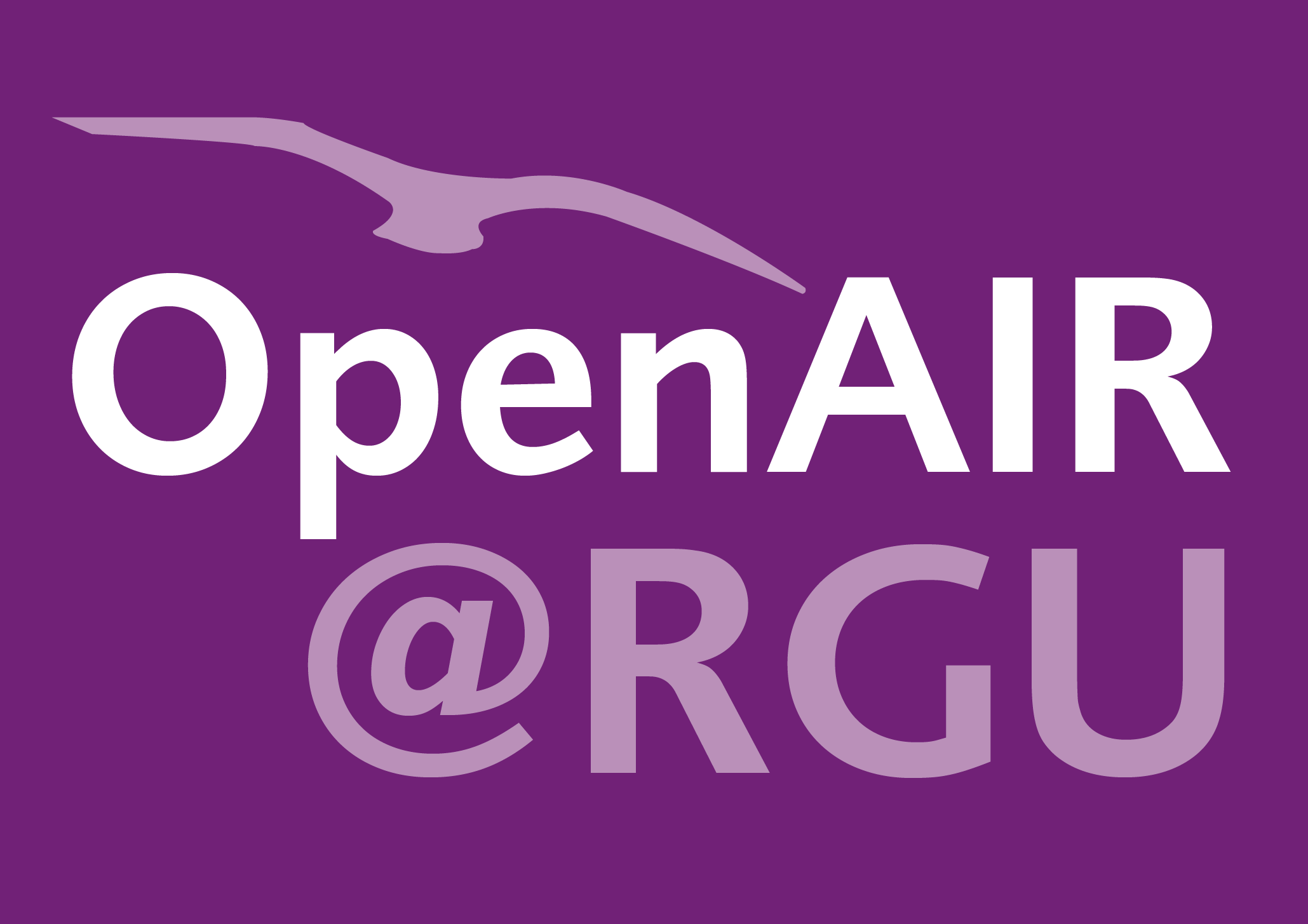Genyun Sun
Dynamic post-earthquake image segmentation with an adaptive spectral-spatial descriptor.
Sun, Genyun; Hao, Yanling; Chen, Xiaolin; Ren, Jinchang; Zhang, Aizhu; Huang, Binghu; Zhang, Yuanzhi; Jia, Xiuping
Authors
Yanling Hao
Xiaolin Chen
Professor Jinchang Ren j.ren@rgu.ac.uk
Professor of Computing Science
Aizhu Zhang
Binghu Huang
Yuanzhi Zhang
Xiuping Jia
Abstract
The region merging algorithm is a widely used segmentation technique for very high resolution (VHR) remote sensing images. However, the segmentation of post-earthquake VHR images is more difficult due to the complexity of these images, especially high intra-class and low inter-class variability among damage objects. Herein two key issues must be resolved: the first is to find an appropriate descriptor to measure the similarity of two adjacent regions since they exhibit high complexity among the diverse damage objects, such as landslides, debris flow, and collapsed buildings. The other is how to solve over-segmentation and under-segmentation problems, which are commonly encountered with conventional merging strategies due to their strong dependence on local information. To tackle these two issues, an adaptive dynamic region merging approach (ADRM) is introduced, which combines an adaptive spectral-spatial descriptor and a dynamic merging strategy to adapt to the changes of merging regions for successfully detecting objects scattered globally in a post-earthquake image. In the new descriptor, the spectral similarity and spatial similarity of any two adjacent regions are automatically combined to measure their similarity. Accordingly, the new descriptor offers adaptive semantic descriptions for geo-objects and thus is capable of characterizing different damage objects. Besides, in the dynamic region merging strategy, the adaptive spectral-spatial descriptor is embedded in the defined testing order and combined with graph models to construct a dynamic merging strategy. The new strategy can find the global optimal merging order and ensures that the most similar regions are merged at first. With combination of the two strategies, ADRM can identify spatially scattered objects and alleviates the phenomenon of over-segmentation and under-segmentation. The performance of ADRM has been evaluated by comparing with four state-of-the-art segmentation methods, including the fractal net evolution approach (FNEA, as implemented in the eCognition software, Trimble Inc., Westminster, CO, USA), the J-value segmentation (JSEG) method, the graph-based segmentation (GSEG) method, and the statistical region merging (SRM) approach. The experiments were conducted on six VHR subarea images captured by RGB sensors mounted on aerial platforms, which were acquired after the 2008 Wenchuan Ms 8.0 earthquake. Quantitative and qualitative assessments demonstrated that the proposed method offers high feasibility and improved accuracy in the segmentation of post-earthquake VHR aerial images.
Citation
SUN, G., HAO, Y., CHEN, X., REN, J., ZHANG, A., HUANG, B., ZHANG, Y. and JIA, X. 2017. Dynamic post-earthquake image segmentation with an adaptive spectral-spatial descriptor. Remote sensing [online], 9(9), article number 899. Available from: https://doi.org/10.3390/rs9090899
| Journal Article Type | Article |
|---|---|
| Acceptance Date | Aug 28, 2017 |
| Online Publication Date | Aug 30, 2017 |
| Publication Date | Sep 30, 2017 |
| Deposit Date | Jul 23, 2024 |
| Publicly Available Date | Jul 23, 2024 |
| Journal | Remote sensing |
| Electronic ISSN | 2072-4292 |
| Publisher | MDPI |
| Peer Reviewed | Peer Reviewed |
| Volume | 9 |
| Issue | 9 |
| Article Number | 899 |
| DOI | https://doi.org/10.3390/rs9090899 |
| Keywords | Post-earthquake image segmentation; Adaptive spectral-spatial descriptors; Dynamic region merging |
| Public URL | https://rgu-repository.worktribe.com/output/2059180 |
Files
SUN 2017 Dynamic post-earthquake image segmentation
(56.8 Mb)
PDF
Publisher Licence URL
https://creativecommons.org/licenses/by/4.0/
You might also like
FusDreamer: label-efficient remote sensing world model for multimodal data classification.
(2025)
Journal Article
MDDNet: multilevel difference-enhanced denoise network for unsupervised change detection in SAR images.
(2025)
Presentation / Conference Contribution
Downloadable Citations
About OpenAIR@RGU
Administrator e-mail: publications@rgu.ac.uk
This application uses the following open-source libraries:
SheetJS Community Edition
Apache License Version 2.0 (http://www.apache.org/licenses/)
PDF.js
Apache License Version 2.0 (http://www.apache.org/licenses/)
Font Awesome
SIL OFL 1.1 (http://scripts.sil.org/OFL)
MIT License (http://opensource.org/licenses/mit-license.html)
CC BY 3.0 ( http://creativecommons.org/licenses/by/3.0/)
Powered by Worktribe © 2025
Advanced Search
